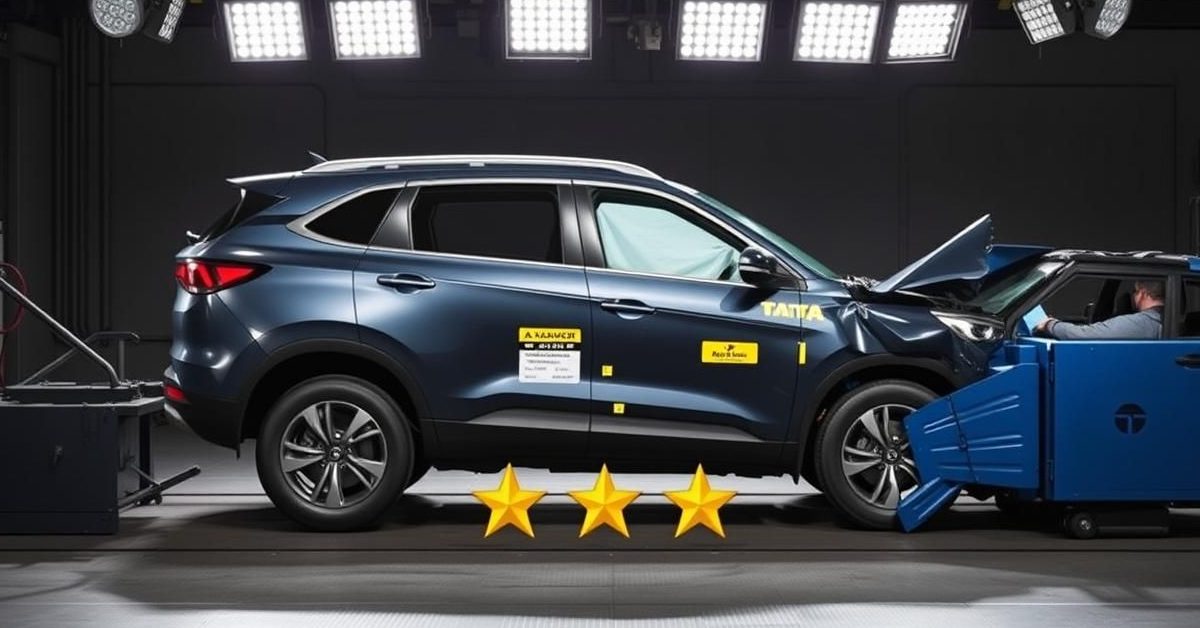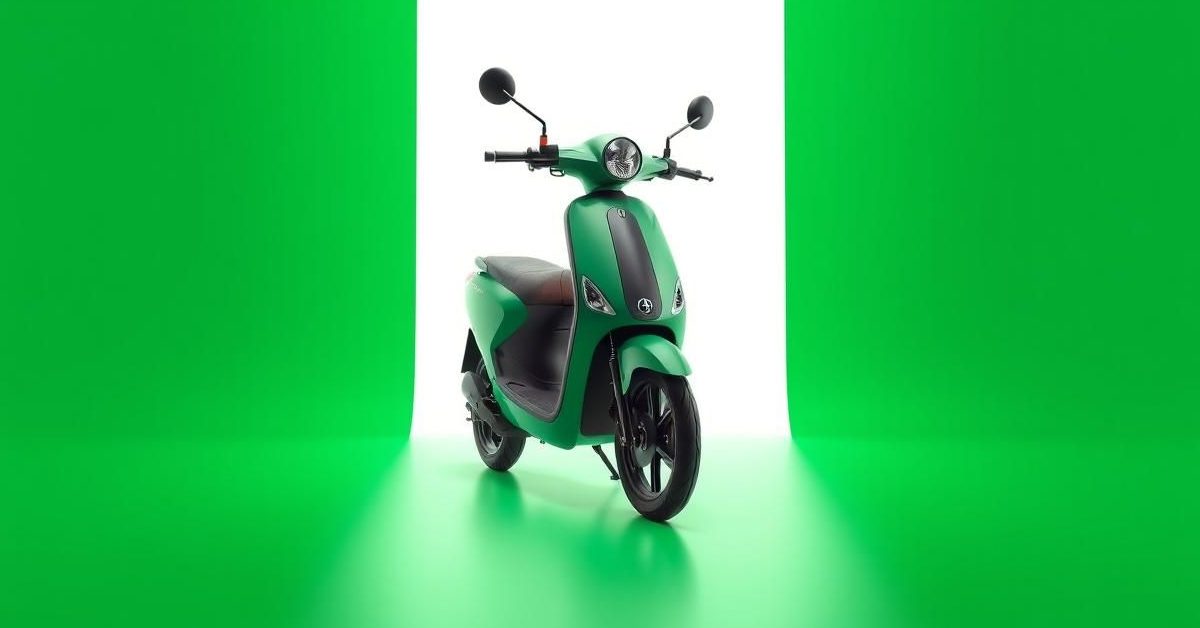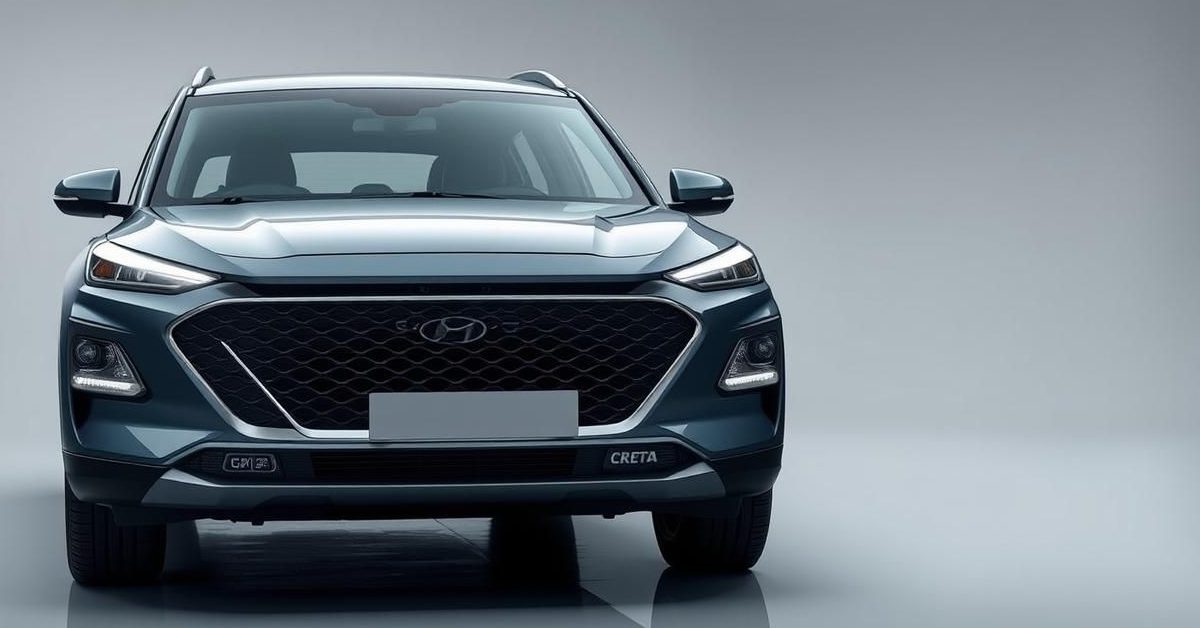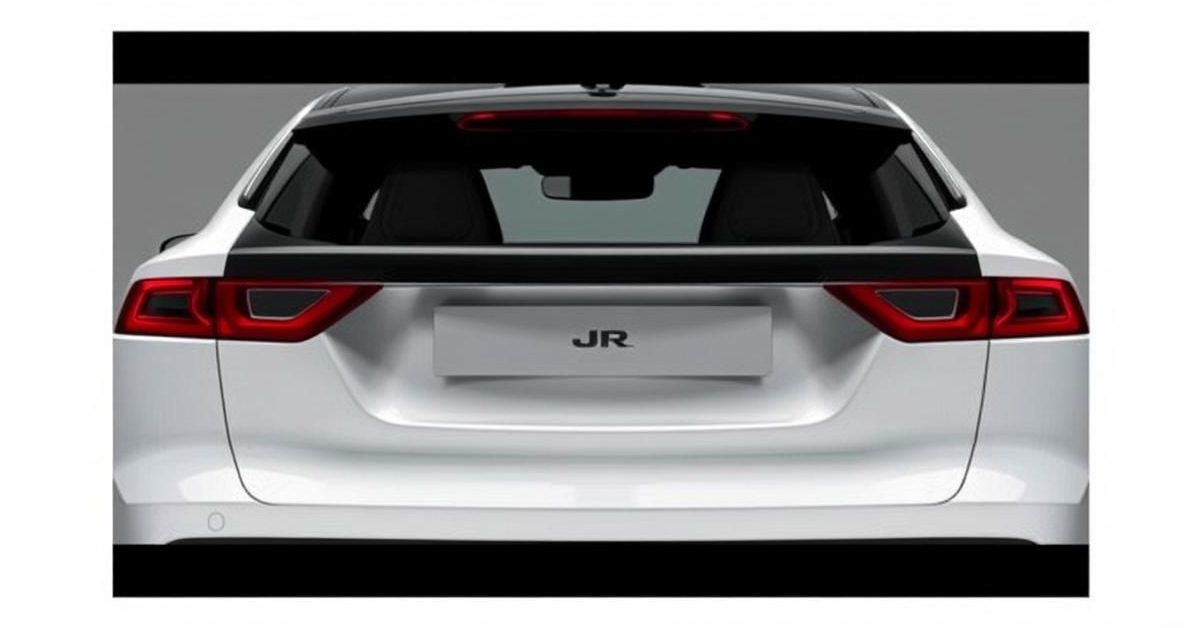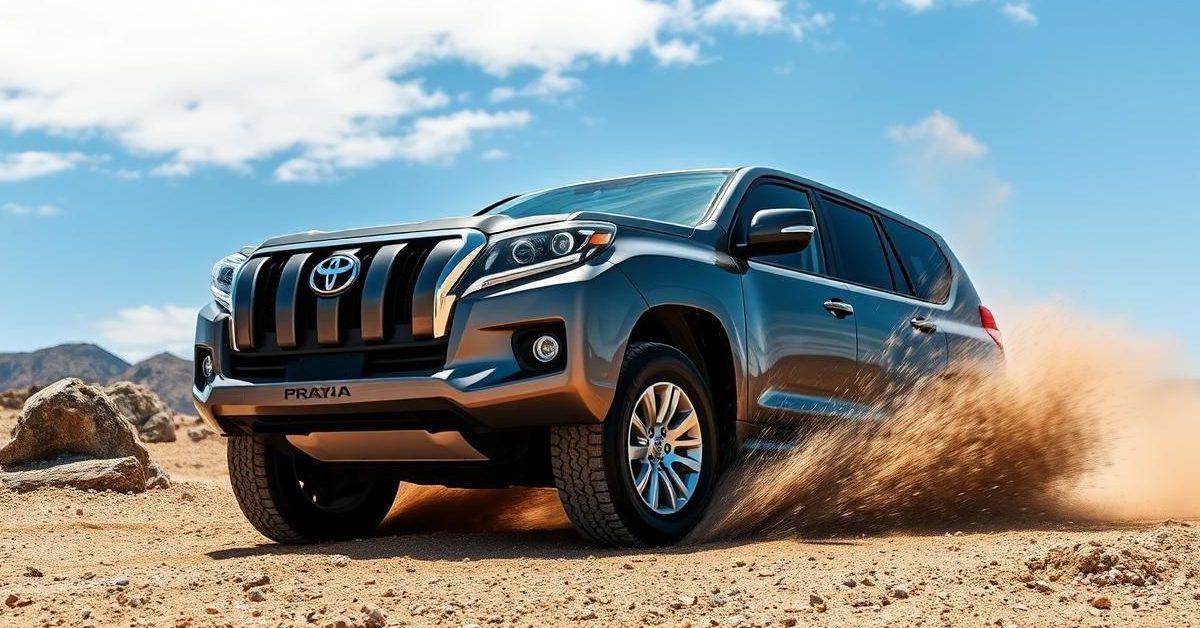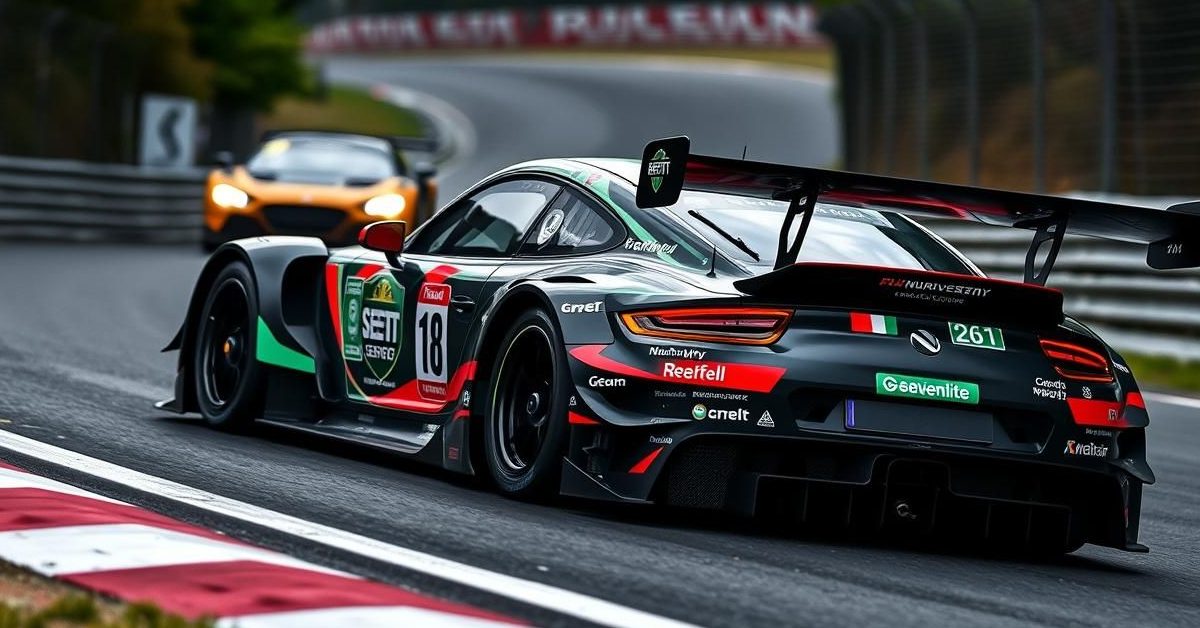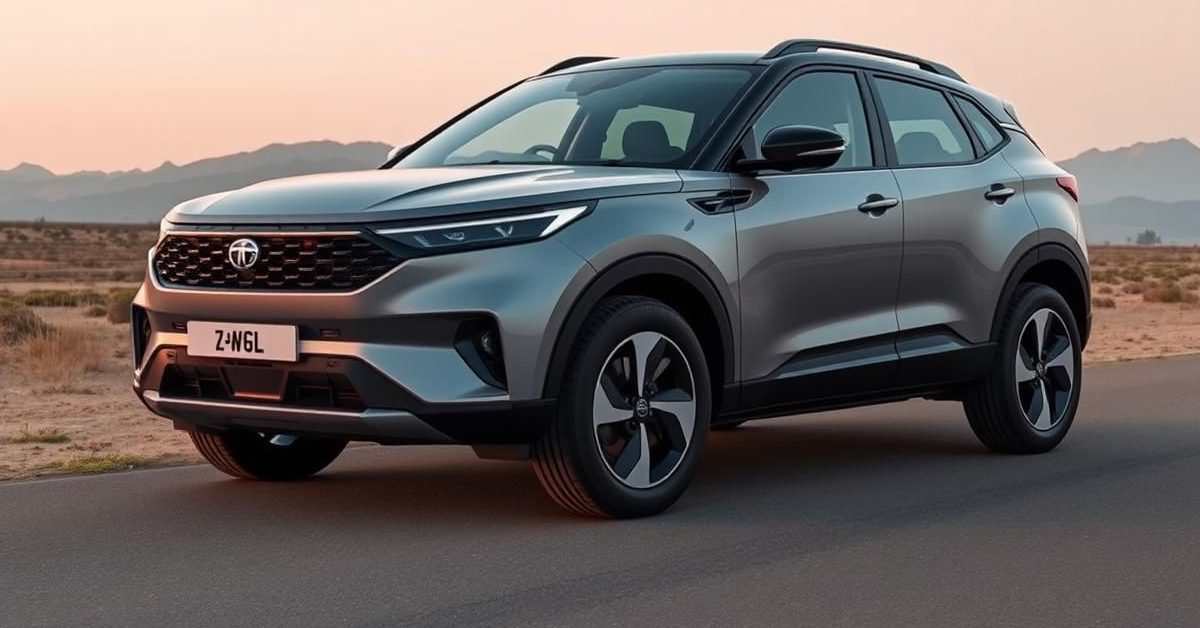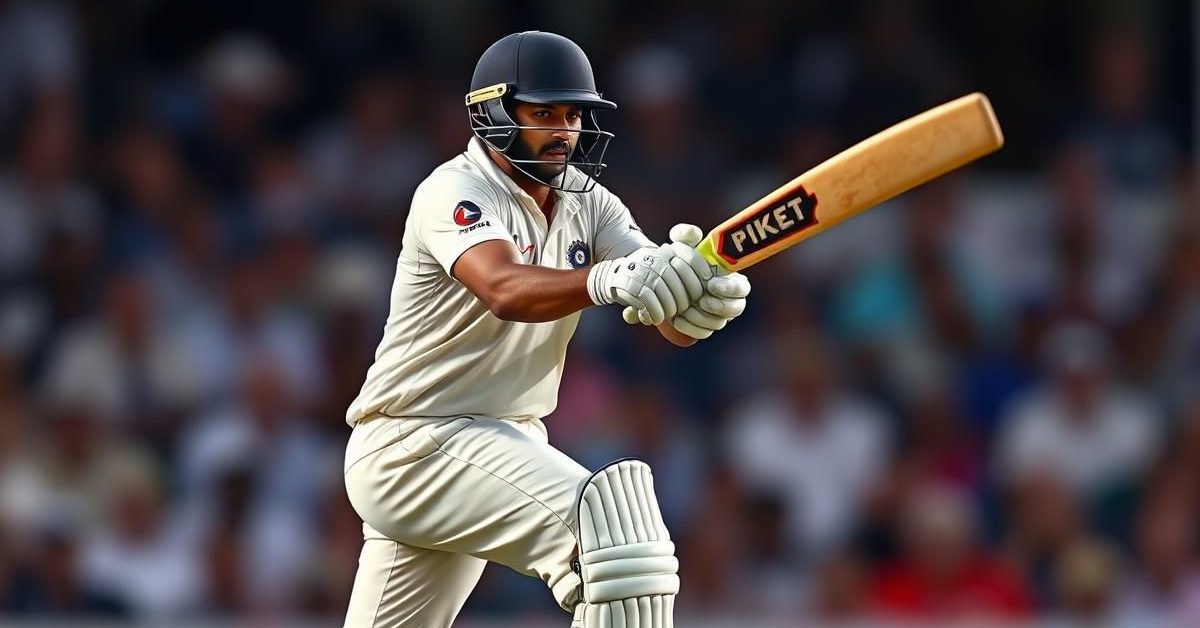The Pinnacle of Safety: Tata Harrier EV Achieves 5-Star BNCAP Rating
In a resounding testament to its commitment to safety, the recently launched Tata Harrier EV has secured a coveted 5-star rating in the Bharat NCAP (BNCAP) crash tests. This groundbreaking achievement not only solidifies the Harrier EV’s position as a formidable contender in the electric SUV segment but also offers prospective owners unparalleled peace of mind. The electric SUV demonstrated exceptional protection across the board, scoring a perfect 32 out of 32 points in adult occupant protection (AOP) and an impressive 45 out of a total 49 points in child occupant protection (COP).
This stellar performance aligns the Harrier EV directly with the highest safety benchmarks established by India’s independent vehicle safety assessment program. For families and individual drivers alike, this rating translates into a tangible promise of security on every journey, making it a compelling choice in the evolving landscape of electric mobility.
Unpacking the Harrier EV’s Comprehensive Safety Features
The Bharat NCAP evaluation rigorously assessed the top-spec Empowered 75 and Empowered 75 AWD variants of the Tata Harrier EV. Crucially, the achieved 5-star rating extends across the entire Harrier EV range, ensuring that every customer benefits from this robust safety architecture. At its core, the Harrier EV comes equipped with a formidable suite of standard safety features designed to mitigate risks and protect occupants.
These include six airbags, providing crucial cushioning in the event of a collision (with the Fearless and Empowered trims boasting seven). Furthermore, three-point seatbelts with reminders for all passengers underscore a comprehensive approach to restraint, while Electronic Stability Control (ESC) enhances vehicle dynamics and helps prevent loss of control. ISOFIX anchors for rear outboard seats ensure secure child seat installation, and a passenger-side airbag cut-off switch offers added flexibility. Beyond passive safety, the Harrier EV also adheres to AIS-100 pedestrian protection norms, demonstrating a forward-thinking design that considers vulnerable road users. For those opting for the top-tier Empowered trim, an advanced ADAS (Advanced Driver-Assistance Systems) suite further elevates safety through features like autonomous emergency braking, lane-keeping assist, and adaptive cruise control, actively aiding the driver in avoiding potential hazards.
Exceptional Adult Occupant Protection: A Benchmark for Indian SUVs
The Tata Harrier EV’s flawless score of 32 out of 32 points in adult occupant protection is particularly noteworthy, marking it as only the second SUV ever tested by BNCAP to achieve such a perfect score. This prestigious distinction is shared only with its chief rival, the Mahindra XEV 9e, highlighting a burgeoning trend of uncompromising safety standards in the Indian electric vehicle market. What truly sets the Harrier EV apart, however, is the detailed outcome of the crash tests.
Both the driver and passenger crash test dummies recorded ‘good’ protection for all critical body parts – a rare and highly commendable feat in NCAP assessments. This indicates a well-engineered safety cell and effective deployment of restraint systems that work in harmony to minimize injury risk. The SUV also received an ‘OK’ rating in the demanding side pole impact test, further validating its structural integrity and occupant protection capabilities even in complex lateral collision scenarios. This level of meticulous design and engineering provides immense confidence to adult occupants, assuring them of a cocoon of safety during their travels.
Safeguarding the Future: Insights into Child Occupant Protection
Equally impressive is the Tata Harrier EV’s performance in child occupant protection, where it secured 45 out of 49 points – mirroring the excellent score achieved by the Mahindra XEV 9e. This score is a composite of several rigorous assessments, including a perfect 24 out of 24 points in the dynamic test, which simulates real-world crash forces. The Child Restraint System (CRS) installation test also yielded a full 12 out of 12 points, affirming the ease and effectiveness of installing child seats within the vehicle.
In the vehicle assessment test, the Harrier EV scored a commendable 9 out of 13 points. During testing, both the 18-month-old and 3-year-old child dummies were secured in rearward-facing child seats positioned in the front passenger seat, utilizing the readily available ISOFIX anchorages and a supportive leg. While the Harrier EV provides ISOFIX anchorages on the two outboard rear seats, it currently does not feature an integrated child restraint system. Nevertheless, its strong showing in child safety underscores Tata Motors’ dedication to protecting the youngest and most vulnerable passengers, offering parents significant reassurance.
Tata’s Safety Legacy Continues: A Fleet of 5-Star Vehicles
The achievement of the Tata Harrier EV is not an isolated incident but rather a continuation of Tata Motors’ enduring commitment to vehicle safety. This electric SUV proudly becomes the eighth vehicle from the Tata stable to earn a 5-star safety rating from Bharat NCAP, cementing the brand’s reputation as a pioneer in automotive safety in India. It’s worth noting that its internal combustion engine counterpart, the Tata Harrier, also holds a distinguished 5-star BNCAP rating, though with slightly different scores for AOP (30.08/32) and COP (44.54/49).
This consistent performance across diverse powertrains showcases Tata’s holistic engineering approach, where safety is integrated from the conceptual design stage. The growing list of 5-star rated Tata vehicles, including models like the Punch, Nexon, Altroz, and Safari, reflects a deep-seated philosophy that prioritizes occupant protection above all else, thereby instilling greater trust and confidence in consumers across the nation.
Beyond the Stars: The Broader Impact of BNCAP Ratings
The 5-star rating awarded to the Tata Harrier EV by Bharat NCAP extends far beyond a mere sticker on the window; it signifies a pivotal moment for the Indian automotive industry. The establishment and rigorous testing by BNCAP are instrumental in fostering a culture of safety-first among manufacturers, pushing them to innovate and integrate advanced protective technologies into their vehicles. For consumers, these transparent and standardized ratings serve as an invaluable tool, empowering them to make informed decisions based on verified safety performance rather than relying solely on brand reputation or perceived robustness.
The Harrier EV’s exceptional performance, mirroring and in some aspects exceeding its peers, sets a new benchmark for electric SUVs in India. It demonstrates that advanced electric powertrains can coexist seamlessly with uncompromising safety standards, offering a compelling blend of sustainability, performance, and paramount protection. As more vehicles undergo these stringent tests, the collective safety quotient of India’s roads is poised for significant improvement, ultimately leading to safer journeys for everyone.
